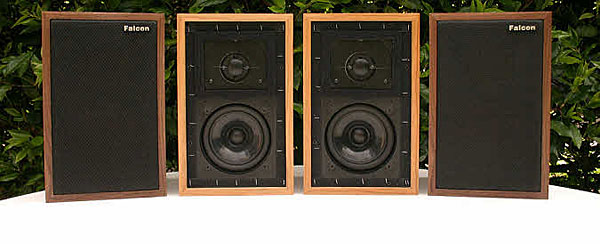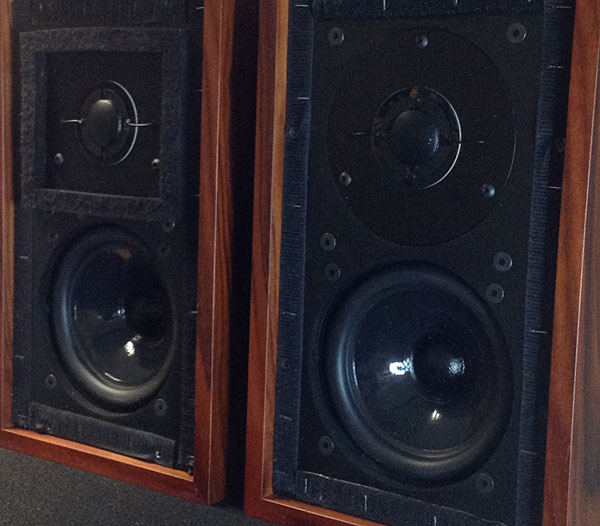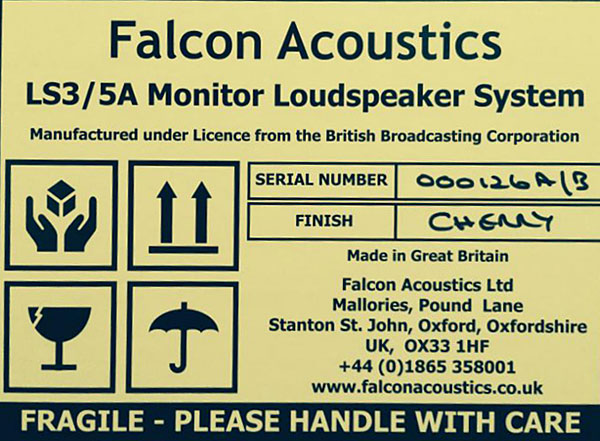| Columns Retired Columns & Blogs |
I bought the ca. 1975 version after reading Holt's review. I particularly remember the phrase "minimum recommended power 25 watts". He noted that maximum power was also specified as 25 watts. I eventually traded them off, fearing I would blow the little drivers at some point. Not an irrational fear given that the pair the seller loaned me (until a new set came in) had a blown driver.
Edit: If I had the original pair today, I'd put them closer to the wall (maybe 12-15 inches) and EQ down the bass hump, which would lessen my anxiety about over-driving them. Once you hit that sweet spot with these little speakers, they'd be almost like the theoretical point-source, having a terrific soundstage.















































